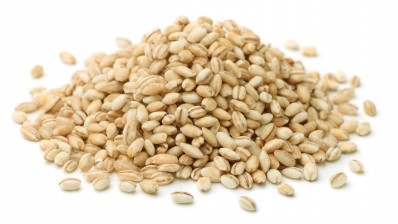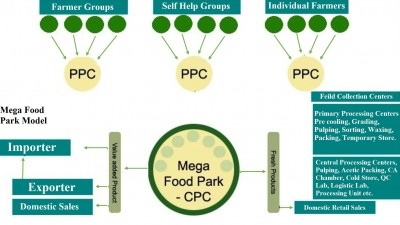Creating a food safety culture part 2: Top tips from retail giant Walmart

Dan Fone, the retail giant’s International Director for Food Safety, said it was all too easy to get bogged down in the various theories of food safety culture.
He was speaking at last month’s Global Food Safety Conference in Japan, where execs from the likes of Fonterra and Cargill shared their views on creating world-class food safety cultures in an organization.
In setting the scene, Professor Robert Gravani, from Cornell’s Department of Food Science, said recent incidents, such as the deaths of 180 people in South Africa from a listeria epidemic linked to processed meats, showed there was “still clearly cause for concern” around food safety.
A major problem was that “food safety culture means different things to different people,” he said.
“If I had a nickel every time food safety culture was mentioned, I’d have a pocket full of change. But it is still poorly understood and we need to understand that not one size fits all.”
Fone, who is a former ISO food safety auditor, highlighted three crucial factors that every food firm must have in place to create a robust food safety culture.
The first was to have a deep commitment from senior leaders.
“People say time and time again that we need commitment from the very top, but it so true. As a former ISO auditor, I wanted to see leaders making positive actions, not just signing them off.”
He argued that every CEO could speak with confidence and knowledge around an organisations financial performance, but asked could they do the same about its food safety policies.
“They need to be in touch with the front line,” he added.
“Without a stated and visible commitment from top, you are doomed to failure. Reactive leadership might minimise a crisis, but a proactive approach will stop it happening in the first place. Hope is not a strategy.”
Train and gain
Once that commitment is in place, Fone said an organisation must develop a robust and comprehensive training programme.
“We have to ensure our colleagues have the right information to do their job. We have focused on five key areas; reducing risk early, reducing retail risk factors, enhancing regulatory compliance, managing emerging food safety issues and driving domestic and international consistency – which is just as easy as it sounds!
“We then structure our messaging around these five themes to reinforce that while they are not the be-all and end-all, they have to be got right. It is also important that these practices are then measure properly. What get measured, gets done.”
Finally, Fone stressed the importance of deploying the right tools and equipment to strengthen a food safety culture.
“I’m sure many of you who have heard from people from Walmart before would have heard our SPARK system – this is literally giving us millions of pieces of data that we can analyse and use intelligently to see where problems are arising.
“There are some great vendors out there, and I’m not advertising any of them, but go and talk to them and see what they can offer.
“I’ve been talking about a food safety culture for 10 years. My advice is to start, do it, don’t get lost in the theory.”
















